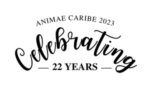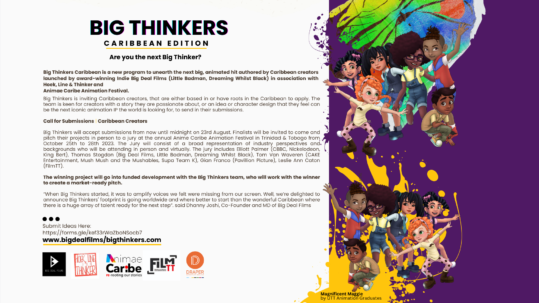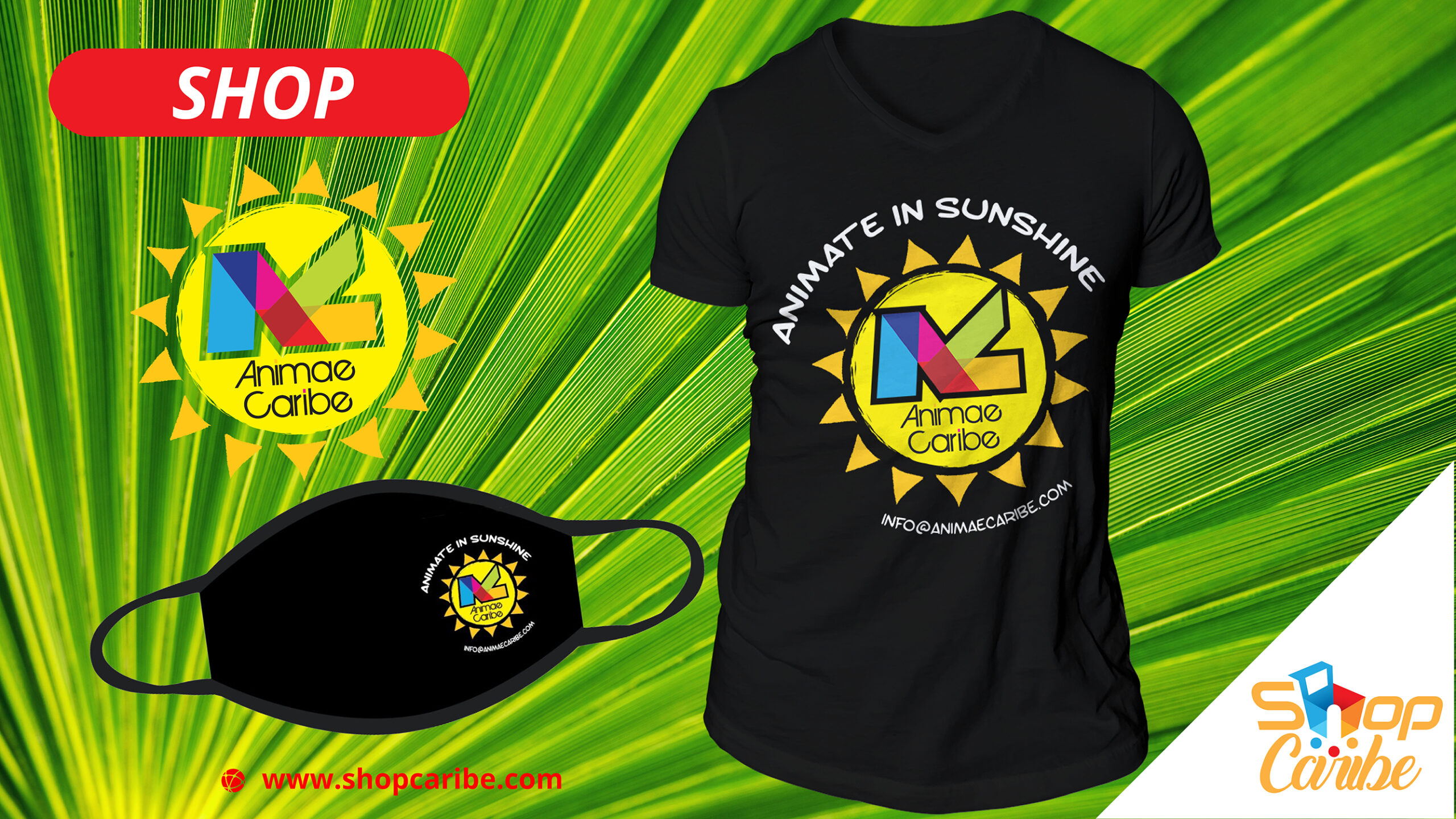Graphics Tools Software Engineer
Responsible for analyzing the procedures and problems of animated film production, evaluating the effectiveness of existing systems and making recommendations to improve output, efficiency and workflow. Areas of specialty for a Graphics Software Engineer may include rigging and animation, dynamics, paint, effects, look development and/or rendering tools. They partner with production personnel to determine user needs and review system capabilities to decide what changes can be made within the existing systems and when new systems must be added. They will often work with developers and/or end-users on multiple films. Design responsibilities include the creation of new C, C++, MEL, Perl or Python code or the modification of existing code, whichever meets productions needs in the timeliest manner. Regression testing and analyzing of software, code check-in/integration and distribution are also part of the software engineer’s implementation responsibilities.
Infrastructure Software Engineer
Responsible for the development and support of productivity tools for the production of animated films. They analyze production software procedures and problems, evaluate the effectiveness of existing systems and make recommendations to improve output, efficiency and workflow. Their areas of specialty include databases, schedule and shot tracking tools, pipeline asset management tools and quality assurance testing.
Systems Administrator
Responsible for the configuration, tuning and troubleshooting of various systems in production infrastructure. Systems Administrators have a particular focus on UNIX/Linux, but also support Windows and Macintosh systems. They perform hardware and software maintenance on workstations and servers as well as data protection. Systems Administrators interact with a variety of production, systems and software teams.
Technical Support Analyst (TSA)
Provides software, hardware, systems support and customer service to the crew. Members of the TSA team require excellent customer service skills, technical problem solving abilities, an understanding of animation or visual effects production, skills in commercial graphics packages such as Maya, Shake or Photoshop; and developed Linux, Macintosh and Windows skills for navigating a heterogeneous computing environment.
Render I/O (RIO) Administrator
Responsible for understanding production’s render pipeline and supporting proprietary production techniques. They monitor and troubleshoot the render queuing system and rendering workload. Tasks include troubleshooting and correcting failed tasks, image quality control, technical advice/support and interfacing with artists, systems administrators and production management to ensure production deadlines are met.






